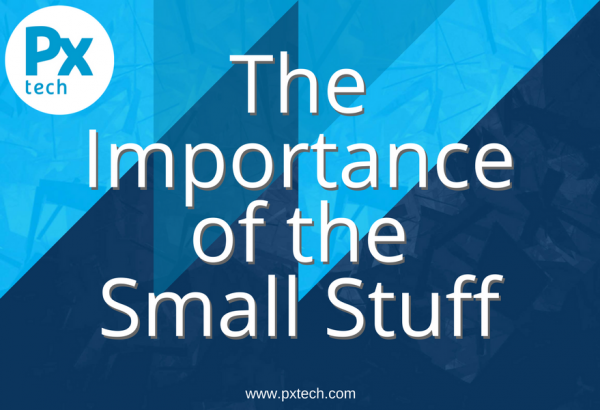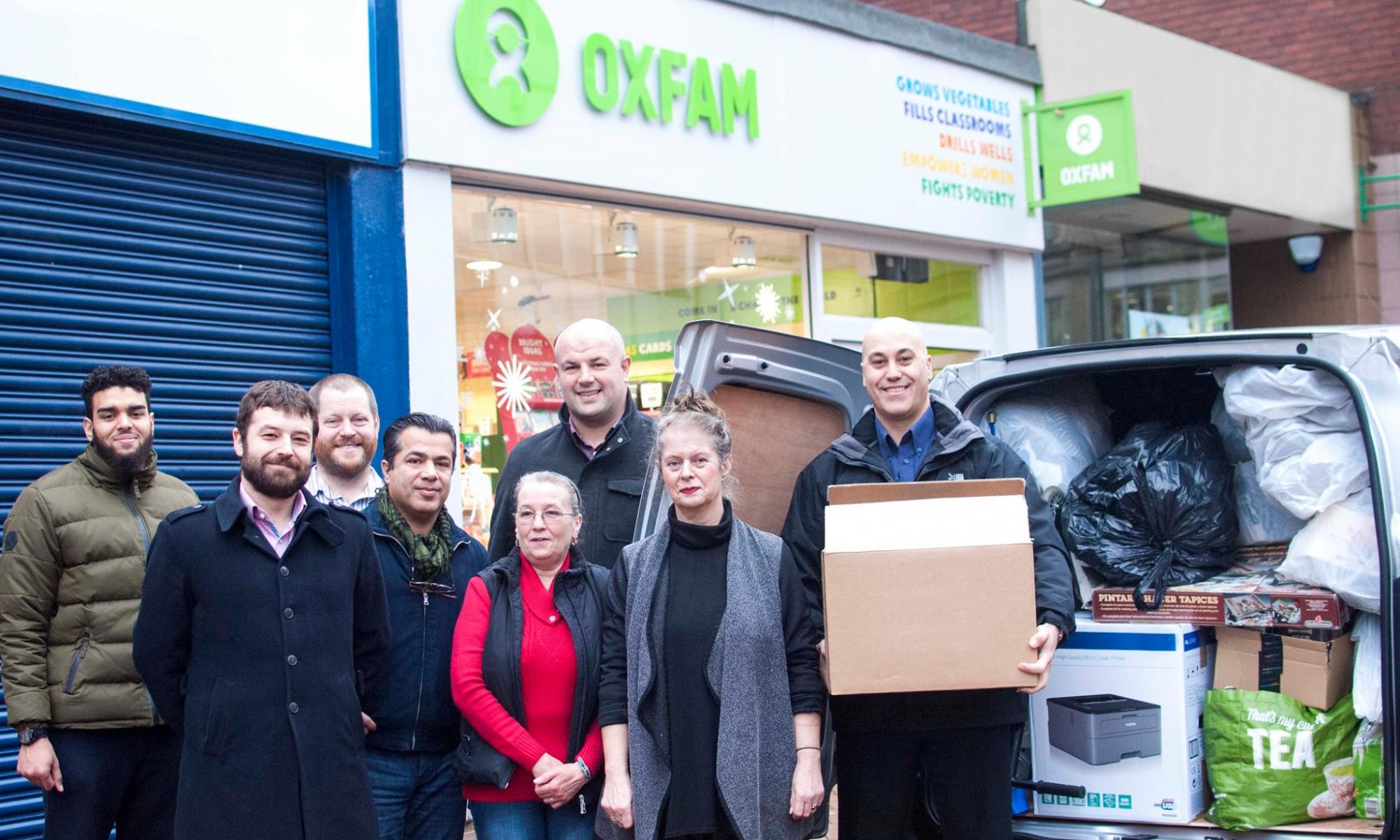Engagement is one of the most discussed topics in the hospitality sector. By now, most business owners will have heard about the benefits of customer engagement. When done right, it has been proven to increase customer loyalty, improve repeat custom and boost overall profitability. But while the benefits of an engaged customer base are endless, employee engagement is often regarded with a little less zeal.
We’re here to tell you that employee engagement is just as important, if not more so, than customer engagement. In fact, we would go as far to say that you cannot begin to engage customers without having an engaged workforce first.
Casual and fast dining restaurants are fast paced and it’s no secret that hospitality has one of the highest employee turnovers of any other sector, reportedly costing the industry a huge £11 billion a year. Despite the overheads of continually having to recruit new employees, an unengaged workforce brings with it a whole host of issues and could be the very thing that is hindering efforts of engaging your customers.
As well as being happier, healthier and more fulfilled at work, engaged employees deliver improved business performance evidenced by productivity, profit, revenue growth, customer satisfaction, innovation and efficiency. Engaged employees care for the company’s future, are willing to go the extra mile for their customers and know how their work impacts the overall goals and vision of your organisation.
Engaged customers bring a 21% profitability premium to the companies they are engaged with. Engaged employees increase sales by 20%, their absenteeism drops by 41%, and safety incidents decrease by 70%. Companies that invest in engagement see a 17% rise in productivity and a 40% rise in quality of work compared to those who don’t.[1]
For customers to be engaged, they need to see a workforce that is passionate, innovative and enjoying the work that they do. This will encourage customer interaction, create a more comfortable and happier environment to dine, and customers are more likely to receive the best service possible. No matter how hard you try to engage customers through loyalty apps and social media, if they have a negative dining experience in the restaurant, you’d be lucky to see them again.
An engaged workforce will become a necessity if you wish to truly make gains in coming years and stay ahead of your competition – but where do you start when beginning to think about an employee engagement strategy? It’s all good and well telling you why you should be engaging employees but it’s even more difficult figuring out how to engage them.
This is where your restaurant data plays a huge part. Not only will collecting and analysing your data give you visibility of transactions, sales trends and the best trading times, it can also provide a wealth of knowledge about your employees. This includes how productive they are, when they’re most productive, who they’re most productive with, and how outside factors influence their performance at work. Knowing this information will allow you to create the most engaging working environment for your employees to ensure you’re always getting the best out of your team.
If you want to know more about unlocking the wealth of information waiting to be utilised in your business analytics database, join us for a webinar soon to find out how to use your restaurant data effectively in order engage employees and increase productivity and profitability.
[1] Gallup, Gallup 2016 Q12 Meta-Analysis: Ninth Edition, http://www.gallup.com/services/191489/q12-meta-analysis-report-2016.aspx














 Kerry Townsend, Director of Hospitality Business
Kerry Townsend, Director of Hospitality Business
